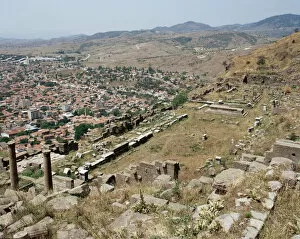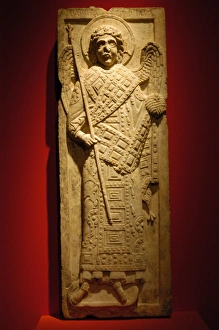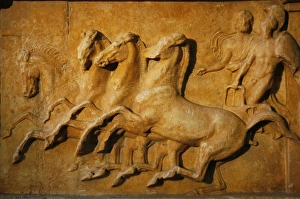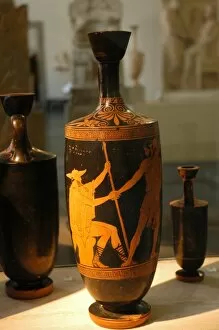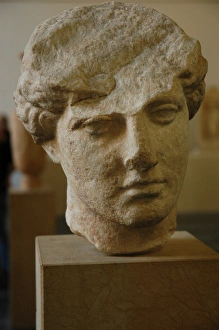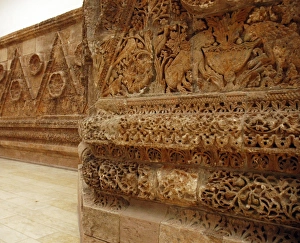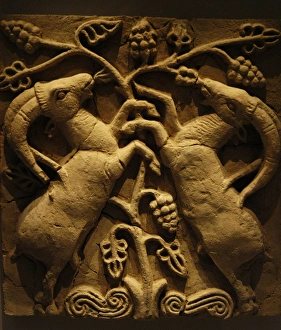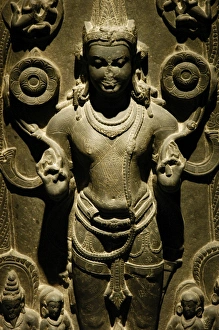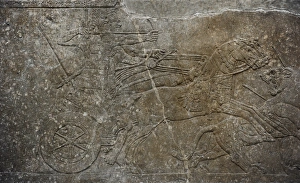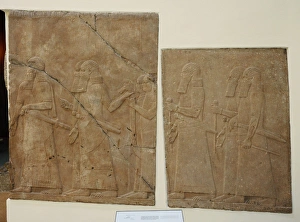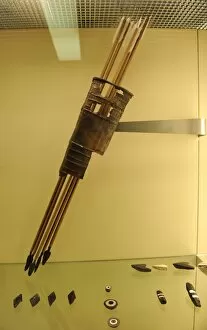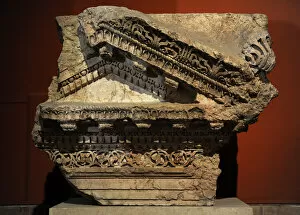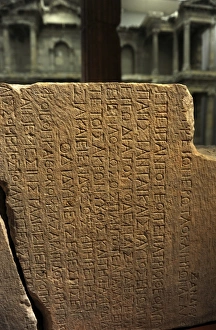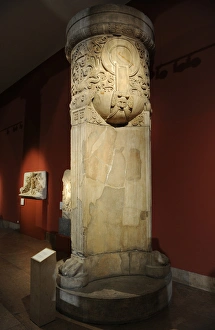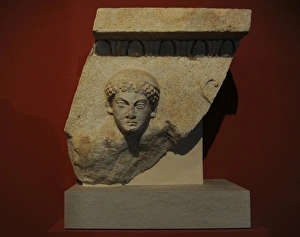Pergamon Collection (page 4)
"Pergamon: A Journey Through Ancient Art and Mythology" Step into the world of Pergamon, a city rich in history and artistic marvels
All Professionally Made to Order for Quick Shipping
"Pergamon: A Journey Through Ancient Art and Mythology" Step into the world of Pergamon, a city rich in history and artistic marvels. Explore the magnificent Pergamon Altar, where Athena valiantly battles against the giant Alcyoneus, showcasing the power of Greek mythology. Marvel at Babylons lion, adorned with intricate details that once graced the Processional Wall of Ishtar. Its majestic presence transports you to ancient Babylonian times. Witness Hephaistos and goddess Eos riding a horse on the Pergamon Altar, capturing a moment frozen in time. The craftsmanship is truly remarkable. Feel the intensity as Hecate engages in an epic battle against the giant Klytios on another section of the Pergamon Altar. The intricately carved figures bring this mythological clash to life. Admire the Mosaic of Orpheus from Miletus displayed at Berlin's renowned Pergamon Museum. This second-century BC masterpiece tells a story through vibrant colors and meticulous detailing. Transport yourself back to antiquity with 2nd Century BC Acropolis Altar, standing as a testament to ancient age and its architectural grandeur. Pay homage to Sosias and Kephisodoros through their beautifully crafted Funerary Stele from 410 BC. Every detail speaks volumes about their lives and legacy. Gaze upon Telephos Frieze on yet another part of the awe-inspiring Pergamon Altar. Each carving depicts scenes that captivate your imagination while revealing stories lost in time. In Germany's Berlin lies one of Asia Minor's most treasured artifacts - The Pergamon Altar dating back centuries ago. It stands as a symbol connecting us to our past civilizations' greatness. Be enthralled by Triton and Amphitrite engaged in Gigantomachy on West frieze of The Acropolis at Pergamon in Turkey.



